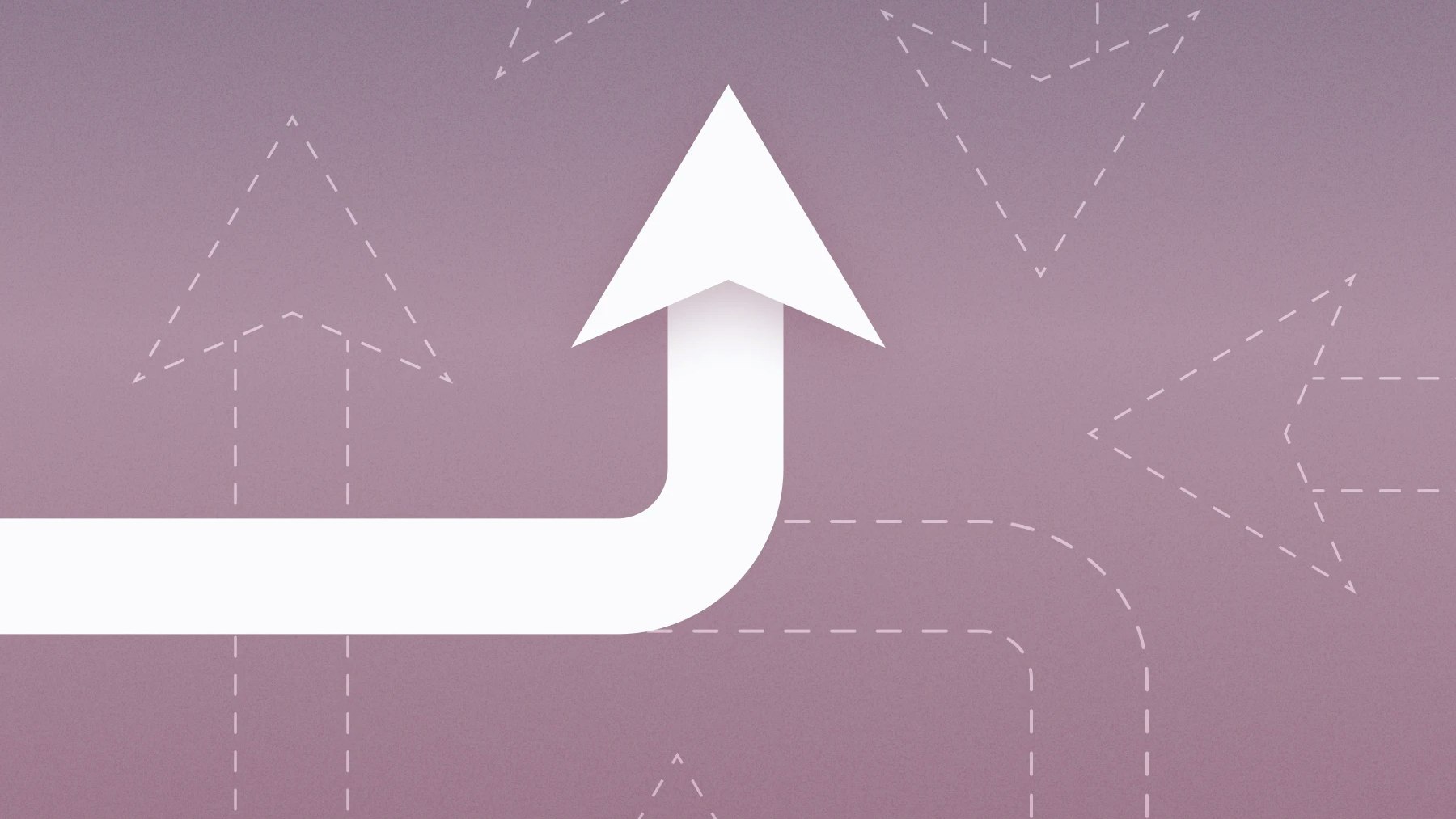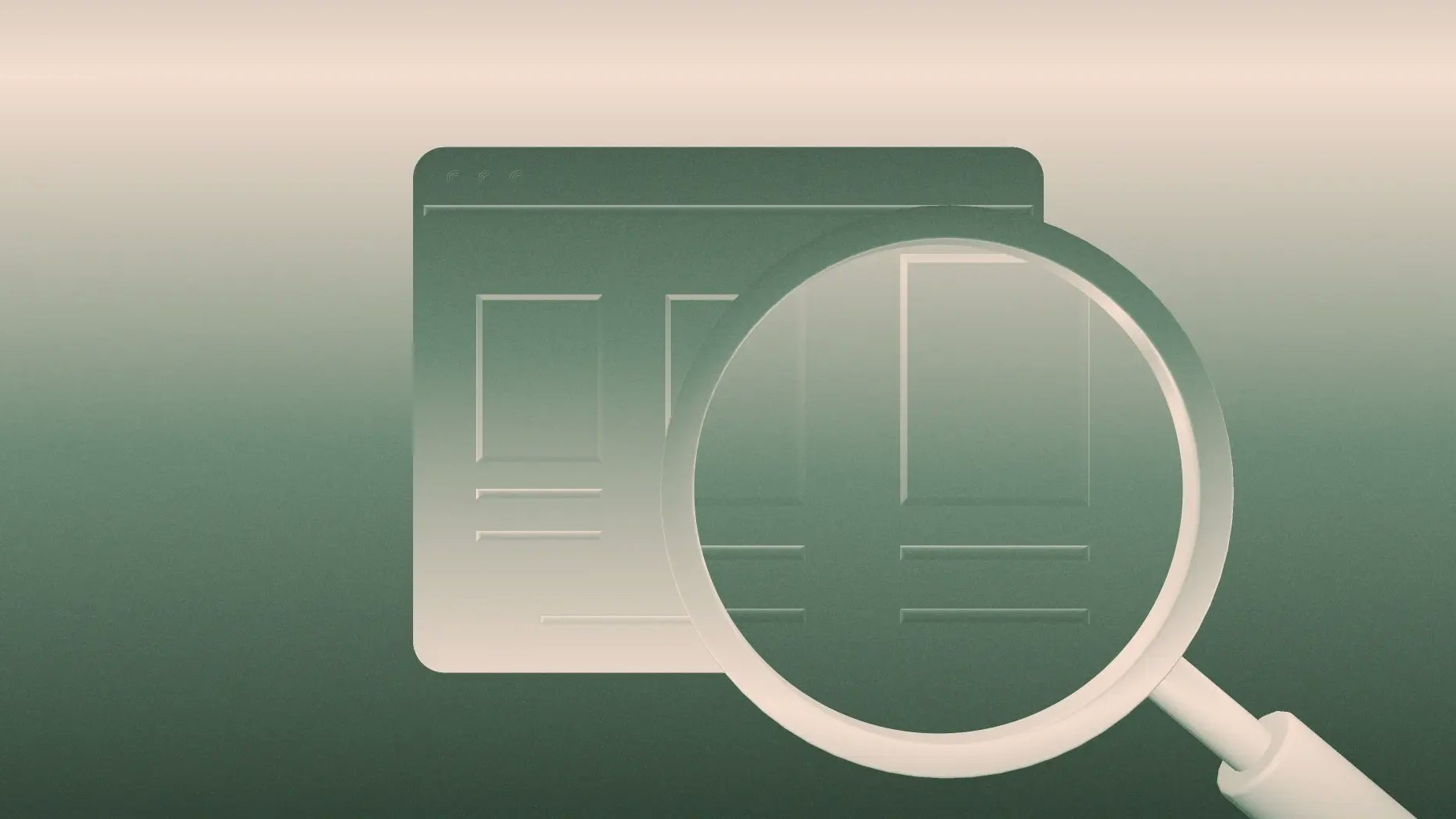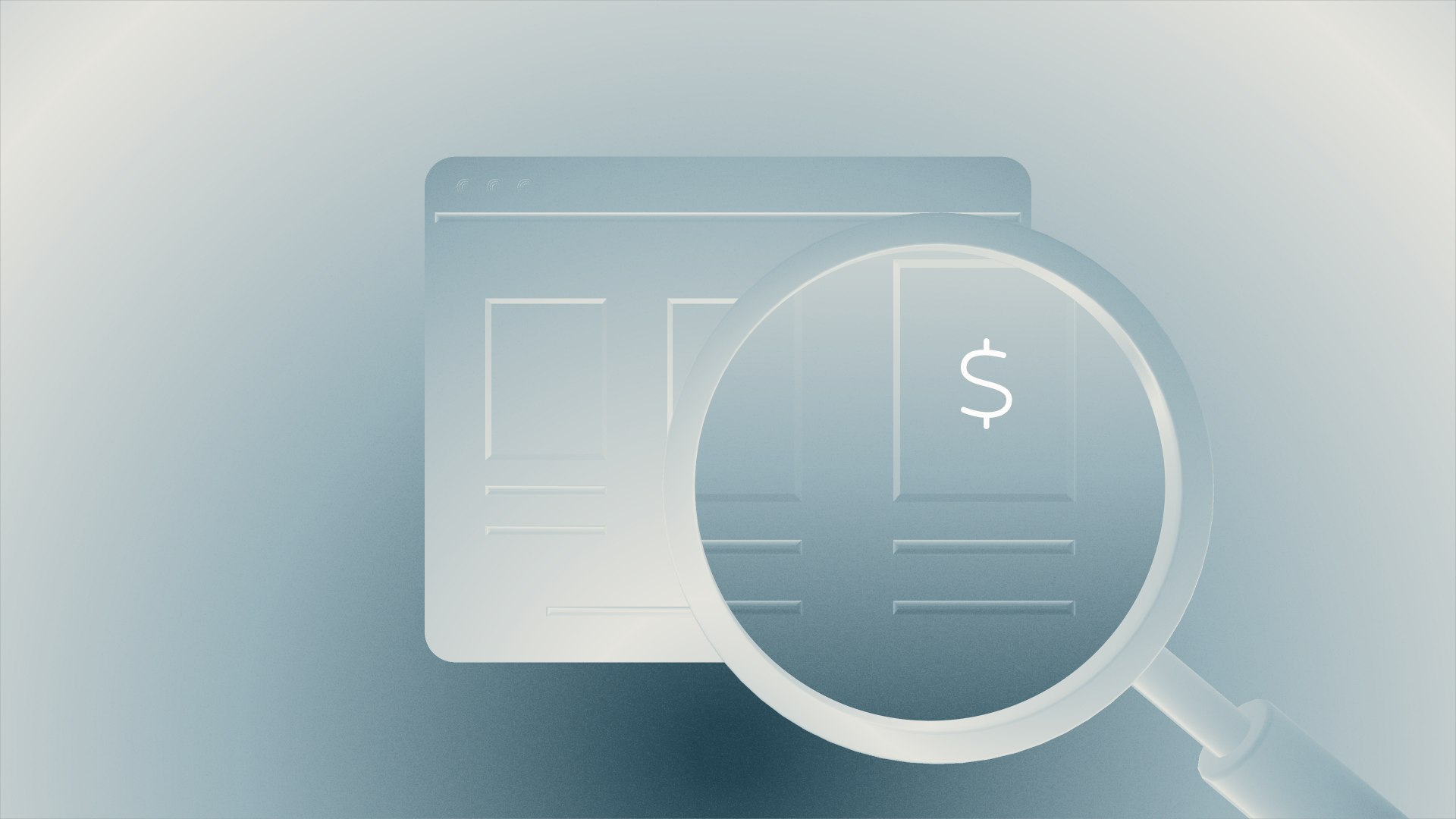How to find dropshipping suppliers for your ecommerce company

For aspiring dropshippers, the right supplier can mean the difference between making no money and minting millions of dollars. However, with several suppliers offering their services, choosing the right one can be a difficult decision.
In this article, Jason Wong will help you spot the tell-tale signs of good and bad suppliers, give you tips on how to find and hire the right ones, and show you how to use suppliers to your business’ advantage.
The supply chain
Your supply chain is the skeleton of your dropshipping business. A typical dropshipper supply chain might look something like this:
- A supplier procures the goods
- A dropshipper (you) sells the goods to a customer
- Your supplier or a middleman with their own warehouse ships the goods
- Your customer receives the goods
Because there are several steps between selling your product and getting it to your customer, managing this supply chain can be a delicate balance. Often, it's the biggest make or break of a dropshipper’s business.
1. Get to know your industry
In order to build a strong supply chain, it’s important to understand the industry you’re operating in. Talk to many different suppliers and don’t hesitate to ask around for recommendations and reviews—you’re putting your business in your supplier’s hands.
You’ll need to build solid relationships with these business partners, and the early stages are when you can start to vet which suppliers to build a relationship with. A solid relationship will have deep implications for your business. It will allow you to get your questions answered quickly and resolve any disputes efficiently.
2. Vet suppliers
You should always make sure that the people you’re speaking to are legitimate. Vet suppliers by checking certifications, including business licenses and ISOs. It’s easy to get scammed—watch your back and make sure the facts add up.
Sites like Alibaba make it easy to check for legitimacy, but you should always supplement these with your own checks. Most countries (including China) operate national company registers.
On these registers, you can verify information on the company you’re talking to. This will save you time in the long run. Do not ignore this step—protecting your brand and company from the very beginning can help buffer against future setbacks.
3. Ask to verify their address
Even if your supplier is located across the world, ask for their address. You can verify that it’s legitimate using Google Maps.
4. Ask for a video of the factory or warehouse
It’s incredibly important to make sure that everything at the factory that your product is coming from checks out and is up to standard. Getting videos of the factory or warehouse that your product is coming from can help you gauge manufacturing, packaging, and distribution processes. Remember: Your customers won’t return if they’re not satisfied with the product you’ve delivered.
5. Ask previous customers for references
Just like you might ask for references when hiring a new employee or read reviews before eating at a restaurant, previous customers are the best way to see the type of experience you might have with a supplier. References are where you’ll find the good, the bad, and the ugly. Aim to talk to people who’ve directly worked with the suppliers you’re interested in.
6. Ask for multiple samples
To get a feel for the product you’ll be working with, ask for samples—ideally, more than ten. It’s easy for a supplier to send you the best sample of their product but deliver subpar versions to your customers. Multiple samples will protect you against this.
7. Ask for active tracking numbers
Your customers will ultimately decide the fate of your brand—make sure they’re being served properly. Ask for active tracking numbers to get a sense of your supplier’s average shipping times. Tracking numbers can also reveal a supplier’s process and how deliveries are handled.
8. Remember that you don’t have to stick to just one supplier
If you plan to sell several products, you don’t have to stick with a single supplier. Although a single supplier is easier to manage, having several keeps you flexible. With multiple suppliers, you can switch to a new supplier if one isn’t working out or drop a supplier if quality isn’t up to par. More suppliers means more paperwork and admin tasks, but it’s worth the effort.
8. Remember that you don’t have to stick to just one supplier
If you plan to sell several products, you don’t have to stick with a single supplier. Although a single supplier is easier to manage, having several keeps you flexible. With multiple suppliers, you can switch to a new supplier if one isn’t working out or drop a supplier if quality isn’t up to par. More suppliers means more paperwork and admin tasks, but it’s worth the effort.
It's time to negotiate
When it comes to talking and negotiating with a supplier, focus on the basics.
Make sure to ask for a video call so you know who you’re dealing with. If you’re serious about your business, you might even organize a trip to the factory or warehouse. Seeing the process in real time is an invaluable experience, and something you should strive to do if you want your brand to survive the long-term.
Ask yourself:
- Is the supplier professional?
- Are they punctual? Do they respond in a timely manner?
- Are many competitors working with this supplier, and could it be difficult to differentiate yourself?
- Does the contract favor you or the supplier more?
Positive responses to these questions could mean that you’re ready to start working with the supplier. But wait—make sure you also check for these red flags.
- Does the supplier ask for monthly or other recurring fees? This could be a bad sign—it might mean they’re part of a directory or trading company and aren’t acting as an independent supplier.
- Does the supplier charge pre-order fees that are higher than normal pre-order fees?
- Is the supplier giving you consistent answers to your questions or do they all seem uncertain?
Apply what you've learned
Finding the right supplier involves checking off an extensive to-do list. Additionally, you might have to work around cultural and language barriers. If you would rather focus your efforts elsewhere, there are ways to outsource these steps to companies that can help identify quality manufacturers by conducting on-ground inspections, handling product customizations, and fulfilling orders.
However, while outsourcing may be a good way to solve your supply-chain when you scale, it may be better to bring it in-house when you scale to streamline communications and workflow.
Once you’ve found the right supplier, you’re off to the races!
Drophaus is the leading sourcing and fulfillment service for dropshippers. Save on time and cost for your business with our team of former 8-figure dropshippers who can help optimize and grow your business.
Want to hear directly from an ecommerce founder? Watch our video with Mango Puzzles co-founders Kemal Didić and Svet Lovoukhin on choosing the right logistics:
Tags
Related reads

Should you launch on eBay? A viability checklist by product category

Shopify Balance review: Pros, cons, and alternatives for ecommerce companies

Turning real-time financial insight into an ecommerce advantage
